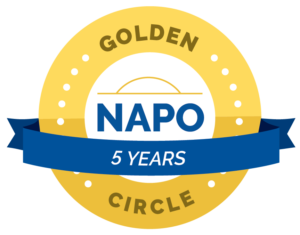 Yesterday was a day full of observation and personal enlightenment.
Yesterday was a day full of observation and personal enlightenment.
I listened to an Oprah SuperSoul podcast with Thich Nhat Hanh, a Buddhist monk, author and Nobel Peace Prize nominee. Although the entire podcast was extremely interesting, at 23 minutes in, the term “compassionate listening” comes up. This was a new phrase to me, so it piqued my interest.
Thich Nhat Hanh revealed his communication mantras to support compassionate listening.
“I’m here for you.” The most precious thing you can offer is your presence.
“I know you are there.” Recognizing other’s presence reinforces your commitment to the communication process.
“I know you suffer.” Acknowledgment of suffering or hurting reinforces listening.
“I suffer. Please help me.” Letting others know you are suffering will help reduce our own suffering and is an open request for compassion.
Although the mantras aren’t phrases I would say out loud, the concepts intrigued me so I decided to do an experiment on my own compassionate listening.
“I’m here for you.”
I talk to my 86-year old mother nearly every night. The conversations are very similar so I find myself doing dishes, folding clothes, or checking my e-mail. I’m certainly not listening with compassion. Am I even hearing what she’s saying? Am I here for her?
“I know you are there.”
I pick up my grandkids on Monday afternoons. I love my time with them, but sometimes find myself reaching for the radio dial to catch up on the latest news. What might I be missing if I don’t leave the space open for my 4-1/2-year-old grandson to engage with me about how many school busses we see on the way home? Do I show that I know they are there?
“I know you suffer.”
A friend called with a frustrating family situation. Although I could sense the frustration involved a significant disconnect between perceptions, bringing that to her attention wasn’t what she needed. She just needed to be heard. There may be another time to discuss perceptions, but at the time, she just needed to vent. Acknowledging her frustration, acknowledged her suffering.
“I suffer. Please help me.”
I can revisit many conversations where I have been angry or discouraged but didn’t want to open myself to the vulnerability of acknowledging my suffering. How might I have benefitted from that openness? How might others have been able to help me work through that anger or discouragement?
I invite you to be your own observer of your compassionate listening. Better yet, invite someone you love and respect to observe for you. What might you learn? What might you gain?
Cindy Jobs, COC, ACC
Looking for more information?
Click here for 15-minute organizing tips.














